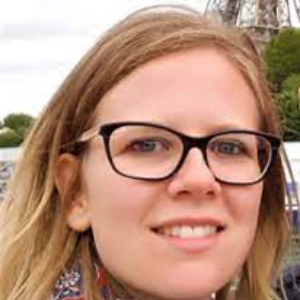Title: Chitosan-based Polyelectrolyte Complex Hydrogels by Additive Manufacturing for 3D In Vitro Cancer Modelling
Abstract:
Polymeric hydrogels have been used over the past two decades as one of the most common types of tissue engineering scaffold thanks to their ability to maintain a distinct 3D structure in physiological environment, offer structural support for cells in the engineered tissues, and simulate the native extracellular matrix (ECM) functions. The high-water content absorbed by hydrogels can provide an ideal environment for cell survival mimicking that in many native tissues [1]. One of the most common methods for hydrogel preparation is through physical crosslinking of hydrophilic macromolecular chains. Polyelectrolyte complexes (PEC)s are supramolecular self-assembled systems formed upon combination of oppositely charged compounds by means of electrostatic interactions [2]. The possibility of directly mixing polyelectrolytes of natural origin with inherent biocompatibility, to obtain PECs with controlled water stability, biodegradability, and mechanical properties, has attracted great interest for various biomedical applications. In particular, additive manufacturing (AM) integration with naturally-derived PEC strategies is resulting into novel layered hydrogels designed for engineering human tissues [3].
In this contribution different ratios of chitosan, the reference cationic polysaccharide, and either alginate or hyaluronic acid, polyions of natural origin with established biocompatibility, were used to fabricate 3D PEC hydrogels with a predefined porous structure by means of Computer-Aided Wet Spinning (CAWS). Indeed, this AM technique allows the fabrication of scaffolds with advanced control over external geometry, internal pore size and distribution, determined by the deposition path of a polymeric fibre in a coagulation bath [4].
Experimental investigations showed that the designed chitosan-based PEC hydrogels were stable in physiological environment, demonstrating their suitability for long-term 3D cell culture applications. Moreover, biological characterization carried out with A2780 and A2780cis ovarian cancer cell lines highlighted interesting differences in cell adhesion and colonization among investigated hydrogels with different compositions that could be correlated to the influence of PEC composition on hydrogel’s physical-chemical and mechanical properties. Ongoing experimental investigations are dedicated to evaluating in vitro chemotherapeutics response of the 3D tissue models cultured on the developed PECs



